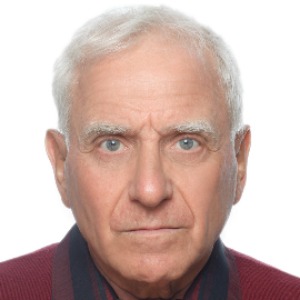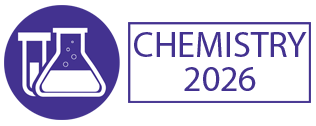Supramolecular Chemistry
Non-covalent interactions, including hydrogen bonding, van der Waals forces, and π-π stacking, drive the self-assembly of complex molecular architectures with tailored properties. Advances in host-guest chemistry enable the design of molecular machines, drug delivery systems, and responsive materials. Supramolecular polymers and dynamic covalent networks exhibit adaptive behavior, finding applications in nanotechnology, soft materials, and biomedicine. Molecular recognition plays a crucial role in catalysis, sensing, and the development of synthetic receptors for targeted binding. The integration of supramolecular principles with nanotechnology enhances smart materials and stimuli-responsive systems. As research expands, supramolecular chemistry continues to shape the development of innovative materials, biomimetic systems, and functional nanostructures, paving the way for next-generation applications in medicine, energy, and environmental science.

Hossam A Gabbar
Ontario Tech University, Canada
Victor John Law
University College Dublin, Ireland
Alexander Bagaturyants
National Research Nuclear University MEPhI, Russian Federation
Sergey Suchkov
N.D. Zelinskii Institute for Organic Chemistry of the Russian Academy of Sciences, Russian Federation
Shree Niwas Chaturvedi
Centre for Aptitude Analysis and Talent Search, India
Pieter Samyn
SIRRIS, Belgium




Title : Advances in plasma-based radioactive waste treatment
Hossam A Gabbar, Ontario Tech University, Canada
Title : Unraveling the ultrastructure and functions of the neuronal membrane skeleton using super-resolution fluorescence microscopy
Zhou Ruobo, Djillali Liabes University of Sidi Bel Abbes, Algeria
Title : Solar box cooker dehydration, and relative humidity endpoint detection, of lamiaceae culinary leaves on the island of Crete
Victor John Law, University College Dublin, Ireland
Title : Nutrient and heavy metal loads from the Ribeiras to Coastal zones: A land-ocean continuum perspective in Madeira Island
Aracelis Del Carmen Narayan Rajnauth, University of Porto, Portugal
Title : Prospective polyoxometalate-based covalent organic framework heterogeneous catalysts
Arash Ebrahimi, Comenius University Bratislava, Slovenia
Title : Eliminating implant failure in humans with nano chemistry: 30,000 cases and counting
Thomas J Webster, Brown University, United States